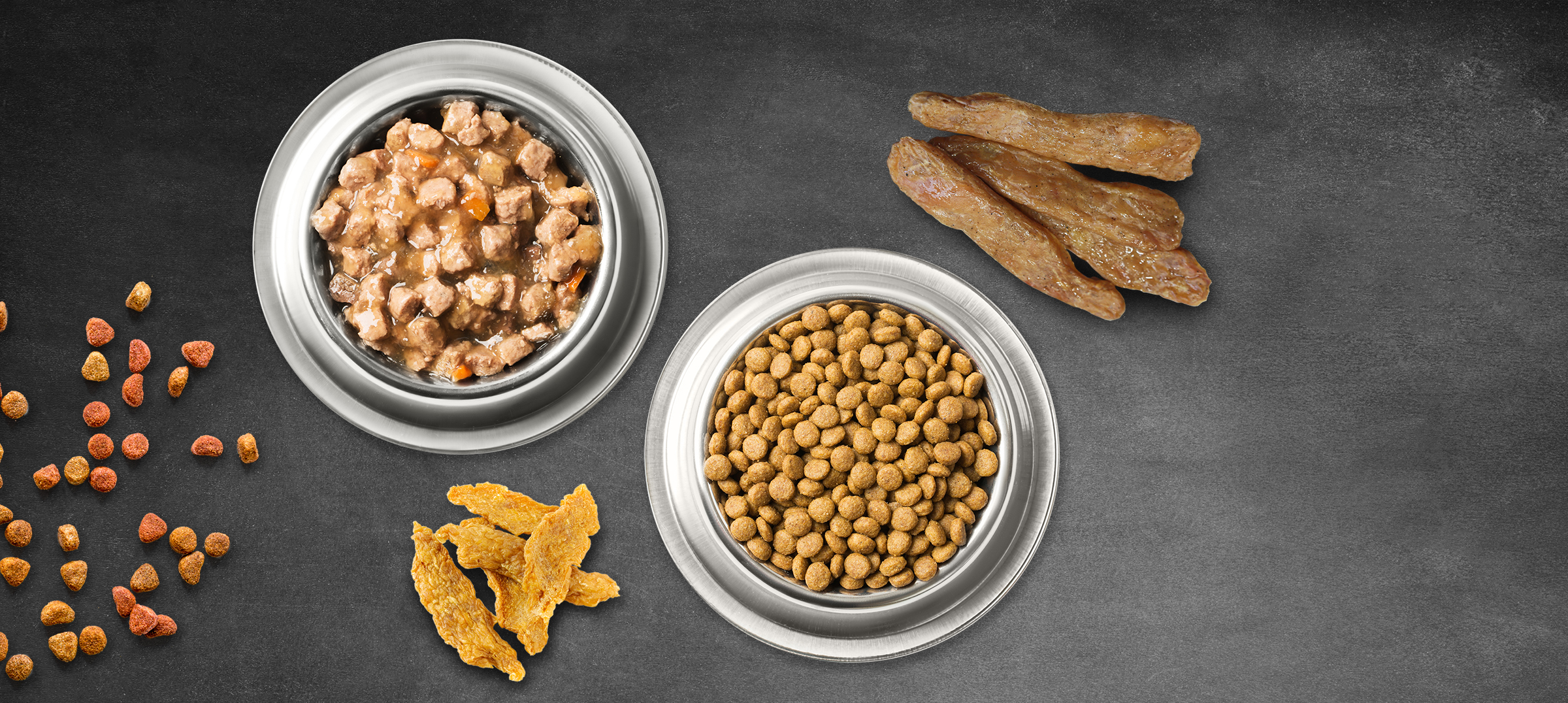How big is the pet food market?
Globally, one in three households has a dog, and one in four has a cat, creating a substantial demand for pet food. The global pet food production volume is around 35 million metric tons annually, valued at approximately $125 billion. This market is growing at an average rate of nearly 8% per year, outpacing the growth of the general food industry. Consequently, many food processors are venturing into pet food production. They recognize the opportunity to add value to their by-product streams and utilize them more sustainably and effectively. Marel can assist with such projects, helping processors benefit from the potential of this expanding market.
What are the drivers for poultry processors to enter the pet food market?
Maximizing carcass value means utilizing every part of the animal. This includes exporting chicken parts that European consumers typically avoid, such as feet or knees, to markets in Asia. Additionally, other byproducts, like the final remnants of carcasses after most meat has been removed, as well as livers, gizzards, hearts, lungs, kidneys, intestines (when there is no other market for these products) can be transformed into valuable pet food. Carcass balance is a crucial reason for poultry processors to enter the pet food market. As sustainability becomes increasingly important, valuating the entire supply chain and reducing waste streams makes sense. This approach is also profitable, as many poultry processors are now converting raw materials previously considered low-value into high-value pet food products with good margins. Pet food (especially treats), can yield up to $25 per kilo of meat that is otherwise typically and traditionally considered as low-value.




